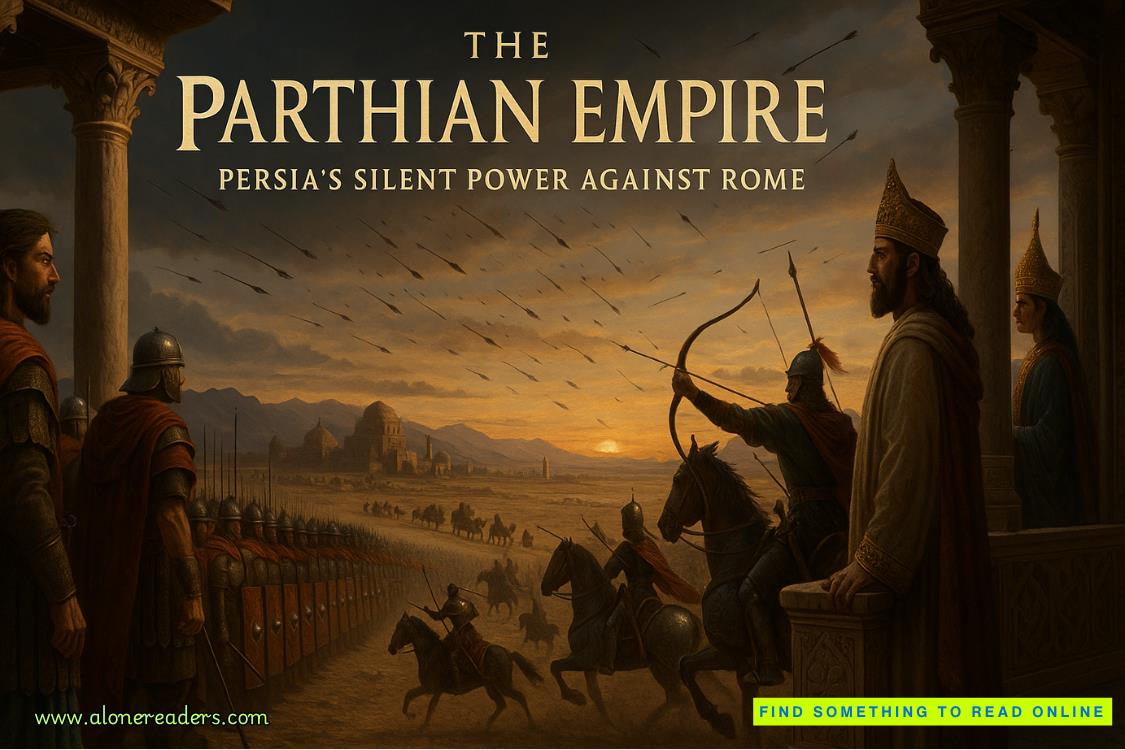Page 27 of U Is for Undertow (Kinsey Millhone 21)
7
Thursday afternoon, April 7, 1988
I’d swung by Sutton’s place to pick him up on the way over to Ramona Road. Gone was the dress shirt and tie. He’d changed into jeans, a red sweatshirt, and scuffed running shoes. I counted fifteen houses on my first pass down the street, circling the block to get a feel for the neighborhood. Ramona Road was one block long, looping back on itself like a lasso. The lots were hilly, largely given over to trees and scrub. The natural contours of the land left little room to build. Graders and excavators had gone to work, carving out the flats on which construction had gone up. The houses dated back to the ’50s, all of them the work of one architect, whose modern style still looked fresh thirty years later. I parked the Mustang on a grassy patch across the road from 625. Sutton leaned forward in the passenger seat and looked searchingly through the windshield.
A swath of green lawn sloped upward toward the house, the long paved driveway forming a half-circle as it curved down and touched the road again. The Kirkendalls’ former residence was a one-story structure in the shape of an inverted L, with the short arm extended toward the street. The exterior of the house was red brick and darkly stained redwood with bold horizontal lines and generous expanses of glass. The flat concrete roof formed a wide overhang that shaded the verandah along the front. There were no flourishes, no embellishments, and no unnecessary touches.
“This can’t be right,” Sutton said.
“Yes, it is. In 1967, there was only one Kirkendall in town and this is where they lived.”
“But where’s the second floor? Billie Kirkendall was sick. He stayed upstairs and I stayed down.”
“Oh, shit. I’d forgotten that. Wait here and I’ll see if the owner’s home. Maybe we can get permission to explore.”
I got out of the car and dog-trotted across the road. The driveway didn’t appear steep, but I was winded by the time I reached the top. The place had an air of emptiness, a house enveloped in quiet. The windows were bare and there was no sign of a doormat or any of the homely touches that indicate someone in residence. A band of damp paving along the front suggested that the sprinklers were still active, probably governed by the same automatic program that regulated indoor temperatures and turned lights off and on. I went up a low step to the entrance, where a panoramic wall of glass afforded me an unobstructed view of the interior.
The architect had kept the non-load-bearing walls to a minimum and the blond hardwood floors seemed to stretch in all directions. Light poured in from everywhere. A stone fireplace was offset on the far wall and I could see a length of kitchen counter that had been stripped of small appliances. To the right was the empty dining room, with a low-hanging light fixture centered in the ceiling. I walked to my right along the verandah, where I could see a large bedroom with white wall-to-wall carpeting and mirrored sliding doors, one partially open to reveal cavernous closet space.
I returned to the front door and noticed for the first time an alarm company decal saying ARMED RESPONSE pasted to one corner of the glass. The warning was probably more form than content. It seemed unlikely that anyone would pay for security services when the house stood empty. I was assuming the property was on the market, but there was no realtor’s lockbox and no stack of brochures detailing the floor plan, the square footage, or the number of rooms. For Sale signs were prohibited by the home owners’ association. For all I knew, every house in Horton Ravine was up for grabs. I rang the bell with no expectation of a response.
I left the porch, intending to circle the premises. Sutton must have been clued in to the fact that the house was vacant because he emerged from the Mustang and crossed the road as I had. I waited while he climbed the drive and then the two of us traced a path around the house to the rear. Below, on a wide concrete apron, there was a swimming pool and cabana surrounded on two sides by a plain concrete wall with an outdoor fireplace and built-in barbecue pit. Sutton turned and looked at the rear elevation. From this vantage point, the two-story construction was evident. The house had been tucked in against the steep hill and a series of windows looked out on the view. Beyond the patio, the property sloped down again sharply and thick railroad ties had been cut into the hillside to form a crude staircase. The neighbors’ rooftops floated like rafts on a lake of dark green treetops.
“Look familiar?”
“I guess. I thought the house was much bigger.”
“A lot of things look bigger when you’re six.”
“There wasn’t a swimming pool. I’d have remembered it.”
“I’ve done the research and this is where you were. The pool and barbecue could have been added later,” I said. “Let’s take a walk down the hill. If you wandered, that would have been your only choice.”











